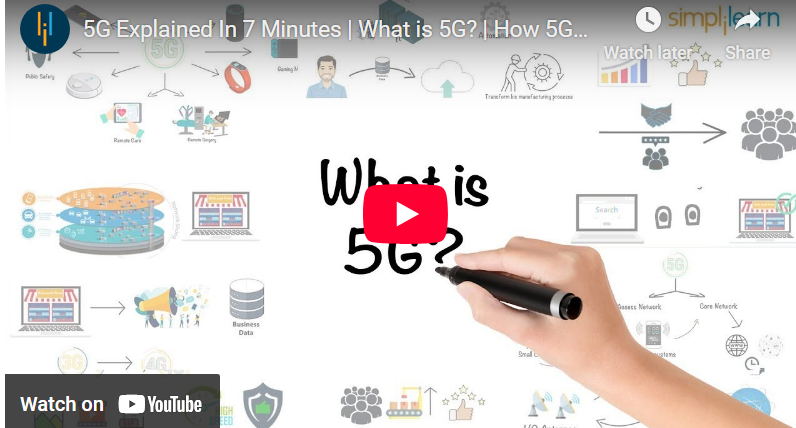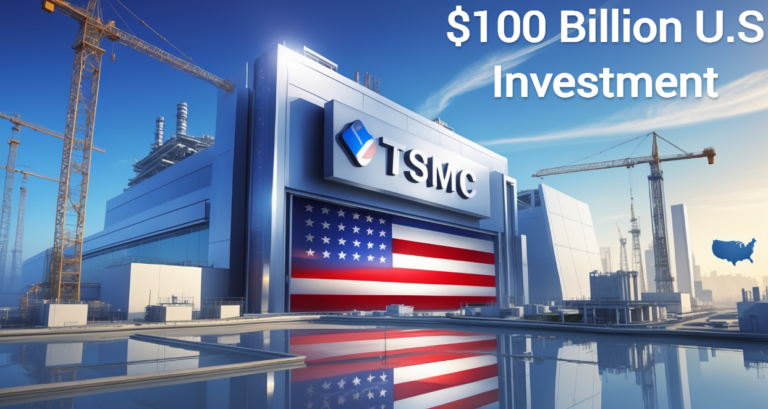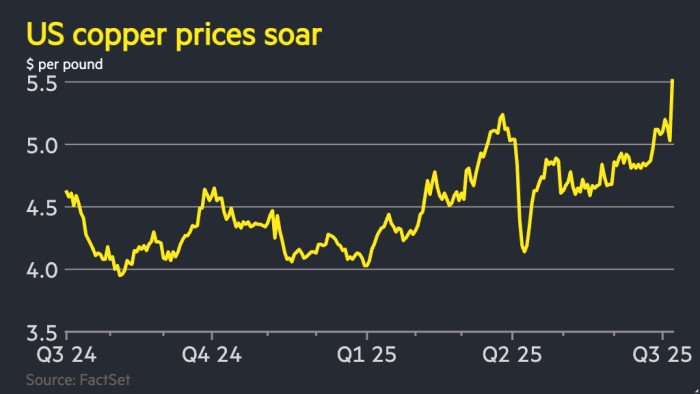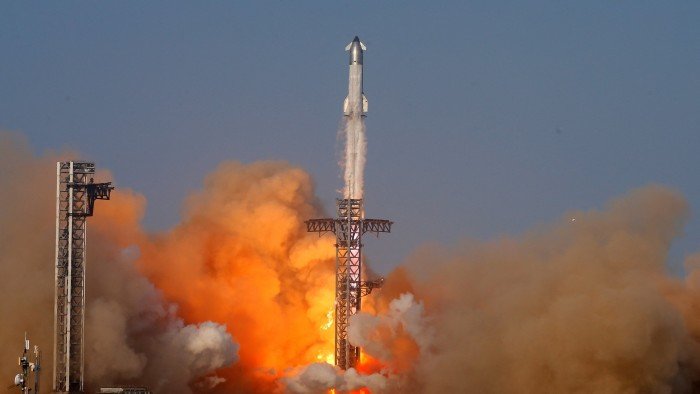
The Future of 5G Connectivity: Beyond Limits
Breaking Barriers in a Hyper-Connected World
The telecommunications landscape is undergoing a revolutionary transformation as 5G technology continues to evolve and expand its capabilities. What began as a promise of faster speeds has now blossomed into a comprehensive ecosystem that’s reshaping industries, economies, and everyday life.
5G Adoption Accelerates Globally
Recent industry reports indicate that global 5G connections surpassed 2.5 billion in early 2025, marking a significant milestone in the technology’s adoption curve. This rapid growth has been fueled by expanding infrastructure investments, with network operators deploying over 12 million 5G base stations worldwide.
“The transition to 5G has accelerated beyond our initial projections,” says telecommunications analyst Maria Chen. “We’re seeing penetration rates in developed markets approaching 70%, with emerging economies following closely behind.”
Beyond Speed: The True Value Proposition
While enhanced mobile broadband remains a cornerstone of 5G’s appeal, the technology’s true potential lies in its versatility. Ultra-reliable low-latency communications (URLLC) and massive machine-type communications (mMTC) capabilities are enabling applications that were previously unimaginable.
Revolutionizing Industries
Healthcare transformation: Remote surgeries conducted over 5G networks have demonstrated success rates comparable to in-person procedures, with latency reduced to less than 10 milliseconds. Wearable health monitors connected via 5G provide continuous, real-time data to healthcare providers, enabling preventative intervention before critical situations develop.
Manufacturing evolution: Smart factories equipped with 5G private networks report productivity increases of up to 30%, with predictive maintenance reducing equipment downtime by 45%. The technology’s ability to support thousands of connected devices per square kilometer has made the vision of truly autonomous manufacturing a reality.
Transportation revolution: Vehicle-to-everything (V2X) communication over 5G networks has reduced traffic congestion in pilot cities by up to 25%, while collision avoidance systems leveraging ultra-low latency connections have demonstrated the potential to reduce accidents by over 80%.
The Road Ahead: 5G-Advanced and 6G on the Horizon
As impressive as current 5G implementations are, the technology continues to evolve. The 3GPP’s Release 18, known as “5G-Advanced,” introduces capabilities that bridge the gap between current deployments and the forthcoming 6G standard.
Key enhancements include:
- Artificial intelligence integration for network optimization
- Expanded spectrum utilization into sub-THz frequencies
- Energy efficiency improvements reducing power consumption by up to 50%
- Enhanced positioning accuracy to within centimeters
- Improved reliability for mission-critical applications
“5G-Advanced represents a significant leap forward in capabilities,” explains Dr. James Wong, chief technology officer at NextGen Networks. “These enhancements will enable new use cases in extended reality, holographic communications, and digital twin applications that require unprecedented bandwidth and responsiveness.”
Challenges and Opportunities
Despite the promising outlook, challenges remain in realizing 5G’s full potential. Rural coverage gaps persist, spectrum allocation continues to be contentious in some regions, and cybersecurity concerns grow as more critical infrastructure becomes connected.
These challenges present opportunities for innovation, particularly in areas such as:
- Open RAN architectures that reduce deployment costs
- Satellite integration for universal coverage
- Advanced encryption methodologies for enhanced security
- Sustainable deployment practices reducing environmental impact
The Economic Impact
The economic implications of fully realized 5G connectivity are substantial. According to recent economic forecasts, 5G-enabled applications are expected to generate over $13.2 trillion in global economic value by 2030, representing approximately 5% of all global economic activity.
Job creation in previously unanticipated sectors continues to accelerate, with particular growth in fields combining telecommunications expertise with vertical industry knowledge.
A Hyper-Connected Future
As we look toward the second half of the decade, 5G technology stands as the foundation of a hyper-connected world. Its evolution from simply “faster 4G” to a versatile platform enabling industrial transformation represents one of the most significant technological shifts of our time.
The future of 5G connectivity truly is beyond limits—not just in technical specifications, but in its capacity to reshape how we live, work, and interact with the world around us.






